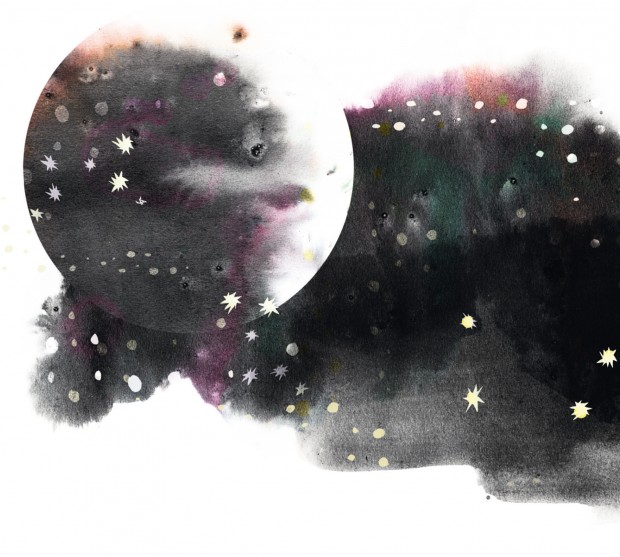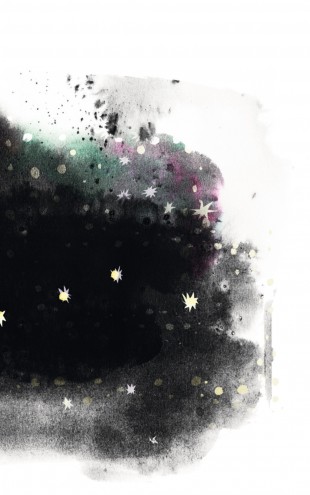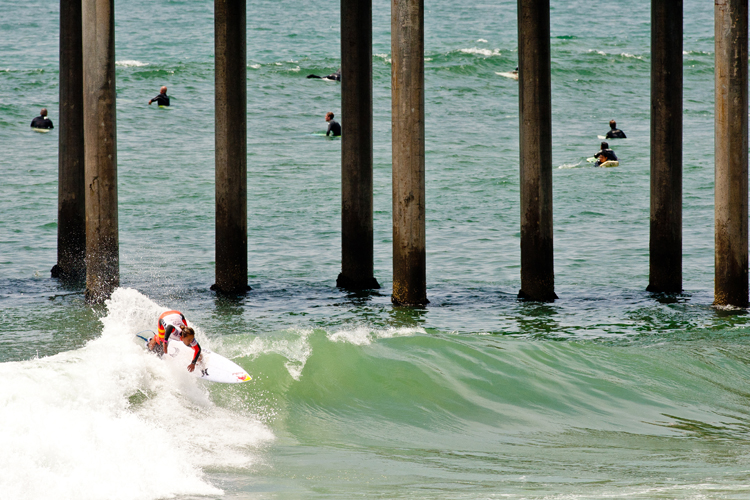
If you’ve ever gazed up at a dark starry sky and wondered where it all began, or stared into a fiery sunset as if your life depended on it, then you’re already on the way to being an astronomer. Here’s our guide on what to do next
Words by Monica Perdoni, illustration by Eve Bracewell
Stars, solar systems, galaxies, the Milky Way, eclipses, dark matter, light years – astronomy is about all that’s deep, starry and awesome. Why the deep and awesome? Well, we’re all made of stars (just ask Moby), or stardust to be exact, and when you get your head around that then astronomy becomes seriously deep. Everything really is connected, metaphysically, ecologically, and philosophically. Man.
We’re all made of stars (just ask Moby), or stardust to be exact, and when you get your head around that then astronomy becomes seriously deep
“Everyone who looks up at the dark night sky can gain a new perspective by realising just how big the universe is, how diverse it is and how precious life on earth really is and hence the care we need to take of our home planet,” says Professor Ian Robson and director of the UK Astronomy Technology Centre.
The light from a star we’re gazing at has taken 53 years to get here, a concept which makes our heads explode, and on a clear night away from major urban centres it’s possible to see more than 3,000 of them with the naked eye. Add a telescope and we’re talking millions.
“This is a great time of year to start looking at the sky – it still gets dark quite early and the best constellation can be seen in the evening – Orion the hunter (after Ghostbusters everyone has heard of Orion’s Belt),” says astronomer Helen Walker who became hooked on the skies at 13 when she watched a partial eclipse of the sun.
“You can see a fuzzy blob (technical term) below the belt, where new stars are being born, and you can easily spot that one star is orange (Betelgeuse) and one star is blue-white (Rigel).
You can see the moon even in a big city, but the best place to view is a flat area such as a field with no flood lights and as few trees and street lights as possible around
“I never tire of looking at the moon, each night of the month a new crater is visible and the shadows change. You can see the moon even in a big city, but the best place to view is a flat area such as a field with no flood lights and as few trees and street lights as possible around. Take some friends, a torch and coffee – deck chairs are a good idea too.”
 Top Star Gazing Tips
Top Star Gazing Tips
* Pick a cloudless (and moonless) night, and try and get away from light pollution if you can.
* Allow 10-15 minutes for your eyes to adapt to the dark and pick up on the fainter stars.
* Wrap up warm. Bring a hot drink or soup.
* Gaze at stars through a good pair of binoculars on a tripod (or balanced on a wall), or through a small telescope.
* Take a star map and a torch with a red filter can be usefulbright white filters won’t work though.
* Try and learn simple constellations and groups of stars, such as Orion, the Plough, and Cassiopeia, and use these as signposts. Find Orion to find Sirius the Dog Star, Gemini the Twins and Taurus the Bull, the Plough to find the North Star, and Cassiopeia for the Andromeda Galaxy.
How to spot Top Meteor Showers
Perseids (12-13 August) and Geminids (13-14 December)
Meteors, or Shooting Stars, are very fast moving streaks of light in the sky,” says Steve Owens. “They move so quickly that if you blink you’ll miss one, which makes them relatively hard to spot. But every so often we get a meteor shower, when the number of meteors dramatically increases. The Perseids and Geminids are two of the best such yearly meteor showers, and you should see one or two every minute if the sky is clear and you’re away from light pollution.
When?
Around midnight for Perseids and 0200 for Geminids. Hours either side of these times are good too and if the weather’s bad then just try the day after those peak dates.
Where should I spot from?
Think darkness and big, clear views. Try and get away from artificial lighting like street lamps and security lighting.
And where should I look?
For the Perseids shower gaze east and for Geminids gaze south. Don’t bother with binoculars or a telescope, as you’ll need as wide a field of view as possible.
What can I hope for realistically?
Around a dozen in an hour with Perseids and a 100 for Geminds.

 Top Star Gazing Tips
Top Star Gazing Tips



